
Light Bulbs: The new laws and what you need to know
Search
Main Article: Choosing the Right Light Bulb: Everything you Need to know
Understanding Changes in Light Bulb Laws
In recent years, the laws surrounding light bulbs have changed significantly. These changes aim to help us use energy more efficiently and protect our environment.
The Old Laws: A Look Back
Not too long ago, light bulbs were mostly regulated for safety reasons. The common incandescent bulb was the choice for most households. While these bulbs produced a warm light and were cheap to buy, they used a lot of energy - about 90% of the electricity they consumed was wasted as heat rather than light.
In the early 2000s, we started to realize that these inefficient bulbs were not just affecting their electricity bills but also contributing to environmental problems. This realization sparked a conversation about how we could improve lighting technology.
Why Change Was Necessary
Several important factors led to the need for changes in light bulb laws:
- High Energy Use: Incandescent bulbs were energy hogs, which meant higher electricity bills for everyone and more strain on power plants that often used fossil fuels.
- Environmental Concerns: The continued use of these inefficient bulbs contributed to more greenhouse gas emissions, which harm our planet and contribute to climate change.
- Better Technology: New, energy-efficient bulbs like compact fluorescent lamps (CFLs) and light-emitting diodes (LEDs) became available. These bulbs used far less energy and lasted much longer, making them appealing alternatives.
- Consumer Demand: As people became more aware of energy conservation, many wanted better lighting options that were not only affordable but also environmentally friendly.
What Changed: New Laws in Place
In response to these concerns, many countries implemented new laws to phase out traditional incandescent bulbs and encourage the use of more energy-efficient alternatives. In the United States, a key piece of legislation was the Energy Independence and Security Act (EISA) of 2007. This law set new efficiency standards for light bulbs and marked a significant turning point.
Here are the main changes from the new laws:
- Goodbye to Incandescent Bulbs: The EISA gradually phased out traditional incandescent bulbs. Most of these bulbs, like the common 60-watt and 100-watt varieties, could no longer be made or sold in the U.S. by 2014.
- Emphasis on Energy-Efficient Options: The law encouraged the production and sale of CFLs and LEDs, which are more efficient and last much longer than incandescent bulbs.
- Clearer Labeling for Consumers: New regulations required that light bulb packaging clearly show energy efficiency ratings, expected lifespan, and brightness levels. This helps consumers make informed choices.
What the New Laws Mean for You
The new light bulb laws have specific requirements that manufacturers and retailers must follow. Here’s what you need to know:
- Efficiency Standards: The laws require that the light bulbs sold in stores meet certain energy efficiency standards. In other words, bulbs have to use less energy to produce the same amount of light as traditional incandescent bulbs.
- Time to Comply: Manufacturers had to adjust to these new rules by 2014, giving them a set period to stop making incandescent bulbs that didn’t meet the new standards.
- Who Needs to Follow These Laws? These laws apply to all manufacturers and retailers of light bulbs. So, whether a bulb is made in the U.S. or imported, it has to meet the same regulations if it’s sold in stores here.
What Happens if the Laws Are Ignored?
Compliance with these new light bulb laws is essential. Here’s how it affects both manufacturers and consumers:
For Manufacturers:
- Fines and Penalties: If companies don’t comply with the new efficiency standards, they could face fines or penalties, which can hurt their bottom line.
- Sales Challenges: Manufacturers that don’t follow the rules may struggle to sell their products in regulated markets, which could mean losing sales and damaging their reputation.
- More Scrutiny: Companies not following regulations may attract more attention from government inspectors, leading to more checks and possible penalties.
For Consumers:
- Fewer Options: If manufacturers don’t comply, consumers may find fewer choices available in stores, as non-compliant bulbs may be taken off the shelves.
- Higher Prices: As manufacturers transition to energy-efficient technologies, prices may go up. Although energy-efficient bulbs save money over time, the initial cost can be higher.
- Impact on the Environment: If the laws are ignored, using inefficient bulbs could worsen environmental issues. More energy consumption means more greenhouse gas emissions, making it harder to fight climate change.
- Buying Non-Compliant Bulbs: Consumers can still buy and use any bulbs they find in stores, even if they don’t meet the new standards. However, it’s primarily the manufacturers and retailers who must follow the laws; consumers are not required to enforce them.
Specific Laws Governing Light Bulbs
Different regions have their own specific laws about light bulbs that aim to promote energy efficiency. Here are a few notable examples:
California Title 24
In California, Title 24 is a set of regulations that includes strict energy efficiency standards for buildings. This includes rules about lighting that require the use of energy-efficient bulbs and fixtures. Here’s what Title 24 entails:
- Energy-Efficient Lighting Required: New homes and major renovations must use energy-efficient lighting options like LEDs.
- Advanced Lighting Controls: The law requires the use of smart lighting controls, such as sensors that turn lights off when no one is in the room.
- Proof of Compliance: Builders and contractors must show that they meet these energy efficiency standards when installing lighting.
Energy Star Program
The Energy Star program, run by the U.S. Environmental Protection Agency (EPA), helps regulate lighting products. It establishes standards for energy efficiency, encouraging consumers to choose bulbs that meet these guidelines. Here’s what you should know:
- Certification: Manufacturers can have their bulbs certified by Energy Star to show that they meet energy efficiency standards.
- Easy Identification: The Energy Star label makes it simple for consumers to find energy-efficient lighting options.
European Union Ecodesign Directive
In Europe, the Ecodesign Directive sets rules to improve the environmental performance of energy-related products, including light bulbs. Important points include:
- Ending Inefficient Bulbs: This directive aims to phase out incandescent bulbs gradually and encourage more efficient lighting technologies.
- Minimum Standards: The directive sets minimum efficiency requirements for all light bulbs sold in Europe.
Other State Laws
Many states in the U.S. have their own regulations concerning light bulbs. Some key elements include:
- Energy Efficiency Programs: Many states promote energy efficiency programs that provide incentives for using energy-efficient lighting.
- Deadlines for Compliance: States may set their timelines for meeting energy efficiency standards, sometimes stricter than federal regulations.
These specific laws illustrate a growing commitment to energy efficiency and sustainable practices in lighting. It’s important for consumers to understand these regulations as they choose lighting options.
Future Changes: What’s Coming Next?
Looking forward, there are discussions about more changes to light bulb laws that could affect consumers and manufacturers:
- Stricter Standards Ahead: As technology improves, there may be even stricter efficiency standards on the horizon. This could mean that even CFLs and LEDs might face new regulations.
- Bans on Certain Bulbs: Some places are considering banning certain lighting technologies, like halogen bulbs, which, while more efficient than incandescent bulbs, still don’t meet the latest energy standards.
- Incentives for New Ideas: Governments might introduce programs that reward manufacturers for developing innovative, energy-efficient lighting technologies.
- Upcoming Timelines: Although exact timelines can vary, discussions suggest that new regulations could emerge within the next five years. Staying informed about potential changes will help consumers and manufacturers prepare.
Conclusion
The changes in light bulb laws reflect a commitment to using energy more efficiently and protecting the environment. By understanding these changes, their implications, and what might come next, consumers can make informed decisions about their lighting options. As we prioritize sustainable practices, being aware of lighting laws empowers everyone to contribute to a more energy-efficient future.
For you, it’s essential to know that while traditional incandescent bulbs are being phased out, there are plenty of energy-efficient options available, like LEDs and CFLs. When shopping for light bulbs, look for those that meet energy efficiency standards and have clear labeling about their brightness and lifespan.
Additionally, even if some older bulbs are still on the shelves, remember that using energy-efficient lighting not only helps reduce your electricity bills but also benefits the environment. Keeping these factors in mind will help you make smarter lighting choices.
Learn more about Light Bulbs
The different types of light bulb technologies
Choosing the right light bulb base for the socket
How to safely screw in various kinds of light bulbs
The different shapes of light bulbs
Smart Bulbs, their benefits and features
How to find the brightness of a light bulb
The different colors of bulbs, warm white, cool white and more
What are Full Spectrum and Natural Daylight bulbs?
What is Color Rendering Index (CRI), and why does it matter
How to avoid glare and harsh light
Wattage, what is it and does it matter?
When light bulbs get hot take safety precautions
How long do they last and when will they need replacing
How much do they really cost to run?
Explore Topics

Table of Contents
Light Bulbs: The new laws and what you need to knowUnderstanding Changes in Light Bulb LawsThe Old Laws: A Look BackWhy Change Was NecessaryWhat Changed: New Laws in PlaceWhat the New Laws Mean for YouWhat Happens if the Laws Are Ignored?Specific Laws Governing Light BulbsFuture Changes: What’s Coming Next?ConclusionLearn more about Light BulbsCommentsShopping Ideas
Trending
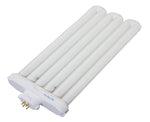
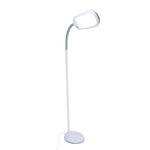

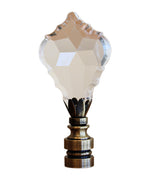

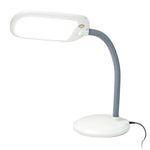




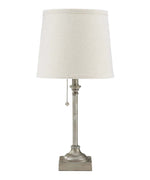


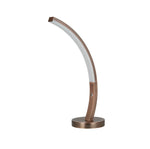
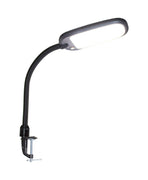


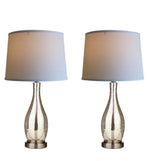
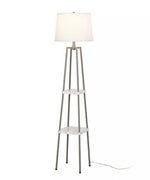










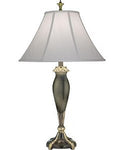

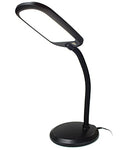


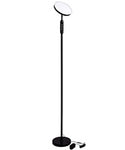

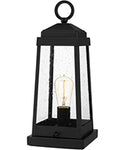
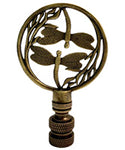
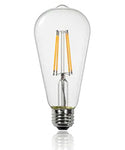
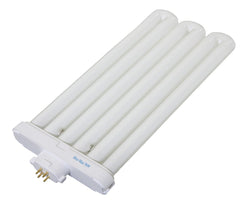
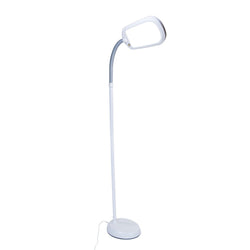
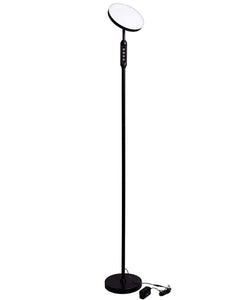
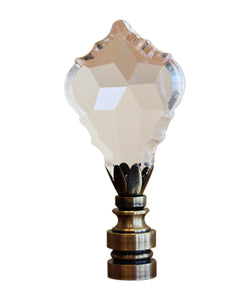


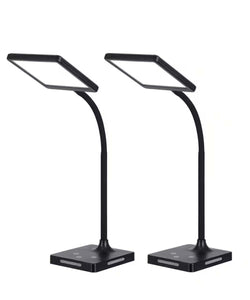

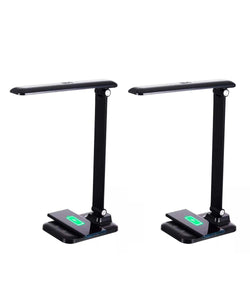


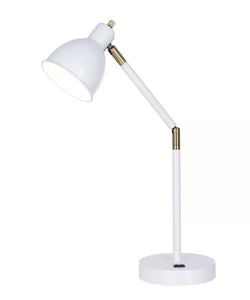
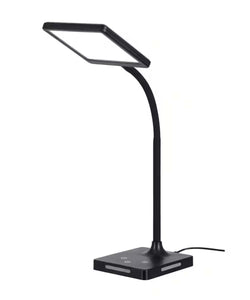

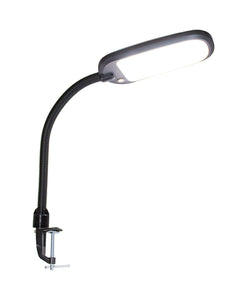

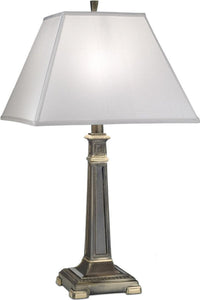

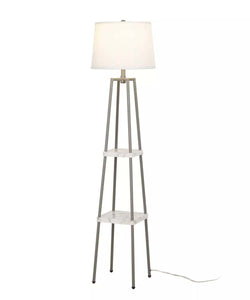
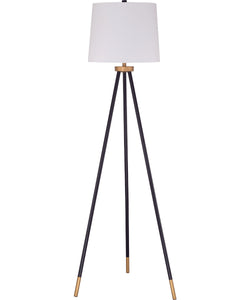
Comments